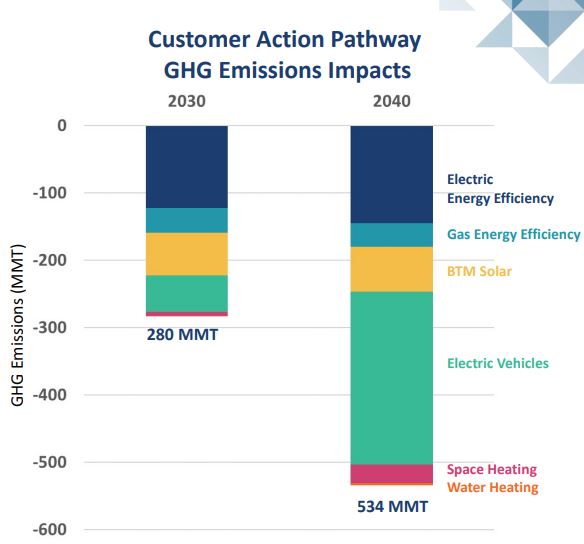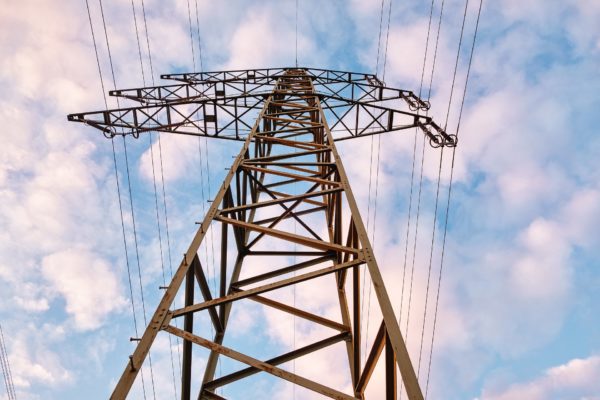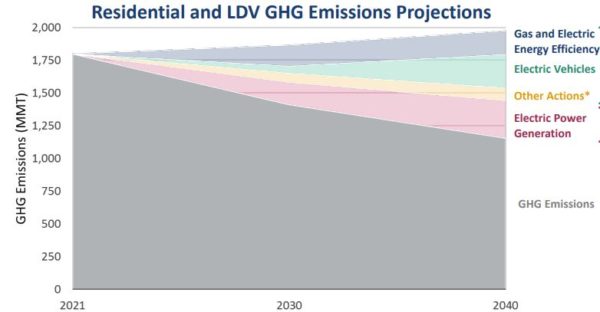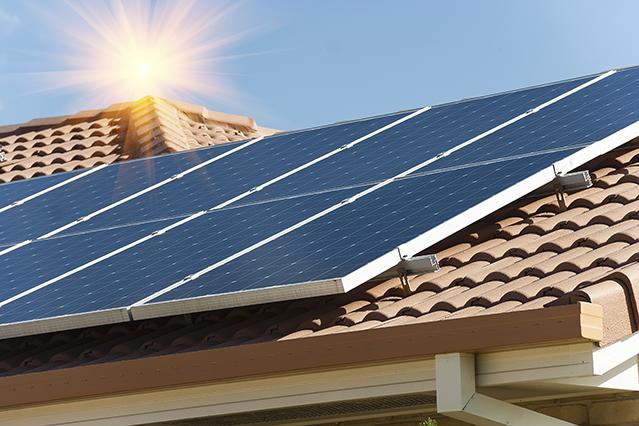A study by the Brattle Group and Oracle determined that consumer action could cut emissions twice as much as utility actions alone.
The aggregate action of consumers engaging in activities like adopting solar, driving electric vehicles, and cutting energy use could amount to 534 metric tons of carbon dioxide emissions avoided by 2040. The study said that would be equivalent to retiring more than half of the remaining coal-fired power plants in the U.S., or around 135 plants.

The report projected that by 2030, near-term emission reductions will be driven by consumer gas and electric energy efficiency and the installation of rooftop solar.
By 2040, electric vehicle adoption and the move to more efficient electric heating will begin playing a larger role. In EVs, carbon reduction will largely occur as a result of the expected four-fold increase in the total number of electric vehicles on the road from 2030 to 2040.
“One of the most critical weapons in the fight against climate change is eliminating carbon before it’s ever released into the environment,” said Matt O’Keefe, group vice president, Oracle Utilities Opower. He said that some of the biggest, untapped opportunities for utilities to decarbonize lie on the demand side, including energy efficiency, electrification, and demand flexibility.
He said all of those “rely on influencing customer action on a huge scale.”

Image: Pixabay
Grid decarbonization should not be overlooked, however. Since 2005, U.S. energy-related emissions have declined by 13%, according to the report. About 85% of the reductions were from reduced power sector generation emissions, like retiring coal plants. However, 40% of emissions in 2021 were estimated to come from the residential, and light-duty vehicle space, over which consumer decision-making has influence.
The report estimated that through 2040, around 158 million metric tons (MMT) of emissions could be avoided by improving residential gas and energy efficiency. EV adoption may reduce emissions by as much as 256 MT over the same time period. Behind-the-meter solar projects could reduce 67 MMT of emissions, based on a projection of 135 GW of distributed residential solar deployed through 2040.

Under existing policies, the report predicted that “greening the grid”–utility-side decarbonization efforts–would reduce 284 MMT of carbon dioxide emissions through 2040.
In addition to consumer choices and utility-side decarbonization, the report called for increased load flexibility. Flexible loads, enabled by energy storage and smart inverter-based technologies reduce curtailment, enhance the value of energy, and provide real-time grid balancing services.
This content is protected by copyright and may not be reused. If you want to cooperate with us and would like to reuse some of our content, please contact: editors@pv-magazine.com.









By submitting this form you agree to pv magazine using your data for the purposes of publishing your comment.
Your personal data will only be disclosed or otherwise transmitted to third parties for the purposes of spam filtering or if this is necessary for technical maintenance of the website. Any other transfer to third parties will not take place unless this is justified on the basis of applicable data protection regulations or if pv magazine is legally obliged to do so.
You may revoke this consent at any time with effect for the future, in which case your personal data will be deleted immediately. Otherwise, your data will be deleted if pv magazine has processed your request or the purpose of data storage is fulfilled.
Further information on data privacy can be found in our Data Protection Policy.